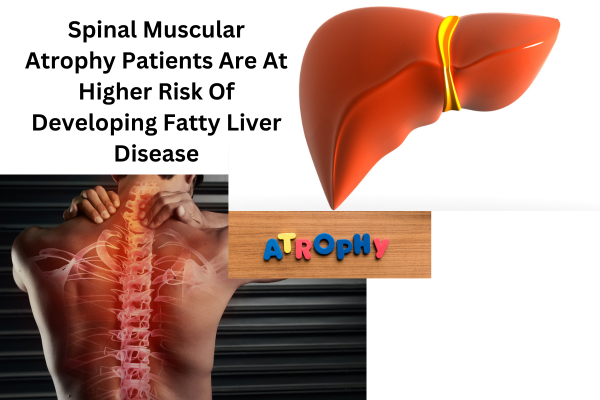
Understanding the Risk of Fatty Liver Disease in Spinal Muscular Atrophy Patients
Spinal Muscular Atrophy (SMA) is a genetic disorder characterized by muscle weakness and atrophy due to the loss of motor neurons in the spinal cord and brainstem. While the primary focus of SMA is on its impact on mobility and muscular strength, research has shown that patients with SMA are also at a higher risk of developing fatty liver disease. This article explores why this risk exists and what can be done to manage it.
The Connection Between SMA and Fatty Liver Disease
Fatty liver disease, also known as hepatic steatosis, occurs when excess fat builds up in the liver. Over time, this condition can lead to inflammation, liver damage, and even cirrhosis. There are several reasons why individuals with SMA are more susceptible to developing fatty liver disease:
- Reduced Physical Activity: SMA often significantly limits a person’s ability to engage in physical activities. Regular exercise plays a crucial role in maintaining a healthy metabolism and preventing the accumulation of fat in the liver. When physical activity is reduced, the body is more likely to store excess fat in the liver.
- Metabolic Changes: SMA can affect the body’s metabolic processes, leading to alterations in how fats and sugars are processed. These metabolic changes can contribute to the development of fatty liver disease.
- Dietary Challenges: Many individuals with SMA face difficulties in maintaining a balanced diet. Issues such as difficulty swallowing or gastrointestinal problems can make it challenging to consume a healthy, varied diet, which is essential for liver health.
- Medications: Some medications commonly used to manage SMA symptoms can have side effects that impact liver function or contribute to fat accumulation in the liver.
Recognizing the Symptoms of Fatty Liver Disease
Fatty liver disease often does not cause noticeable symptoms in its early stages. However, as the condition progresses, symptoms may include:
- Fatigue
- Weakness
- Weight loss
- Abdominal pain or discomfort
- Jaundice (yellowing of the skin and eyes)
- Swelling in the abdomen or legs
For individuals with SMA, it is important to be aware of these symptoms and to discuss any concerns with a healthcare provider. Early detection and management of fatty liver disease can prevent more severe complications.
Managing the Risk of Fatty Liver Disease in SMA Patients
While the risk of fatty liver disease is higher in individuals with SMA, there are several steps that can be taken to manage and reduce this risk:
- Healthy Diet: A balanced diet rich in fruits, vegetables, lean proteins, and whole grains is essential. Reducing the intake of sugars, refined carbohydrates, and saturated fats can help prevent fat accumulation in the liver.
- Regular Monitoring: Regular check-ups with healthcare providers are crucial. Blood tests and imaging studies can help monitor liver health and detect any early signs of fatty liver disease.
- Physical Activity: Engaging in physical activity to the extent possible is important. Even light exercises or physical therapy tailored to the individual’s capabilities can help improve metabolic health and reduce the risk of fatty liver disease.
- Weight Management: Maintaining a healthy weight is important for liver health. Weight management strategies should be discussed with healthcare providers to ensure they are safe and effective for individuals with SMA.
- Medication Management: Reviewing medications with healthcare providers can help identify any that may contribute to liver issues. Alternatives or adjustments can be made if necessary.
- Education and Support: Education about the risks and management of fatty liver disease is crucial for patients and caregivers. Support groups and resources can provide valuable information and encouragement.
- Consultation with Specialists: Working with specialists such as dietitians, hepatologists, and physiotherapists can provide tailored advice and support for managing the risk of fatty liver disease.
Conclusion
The link between Spinal Muscular Atrophy and fatty liver disease highlights the importance of comprehensive care for individuals with SMA. By understanding the risk factors and taking proactive steps to manage them, patients and caregivers can help maintain liver health and improve overall well-being. Regular medical consultations, a healthy diet, physical activity, and appropriate weight management are key components in reducing the risk of fatty liver disease in SMA patients.

3 thoughts on “Spinal Muscular Atrophy Patients Are At Higher Risk Of Developing Fatty Liver Disease”